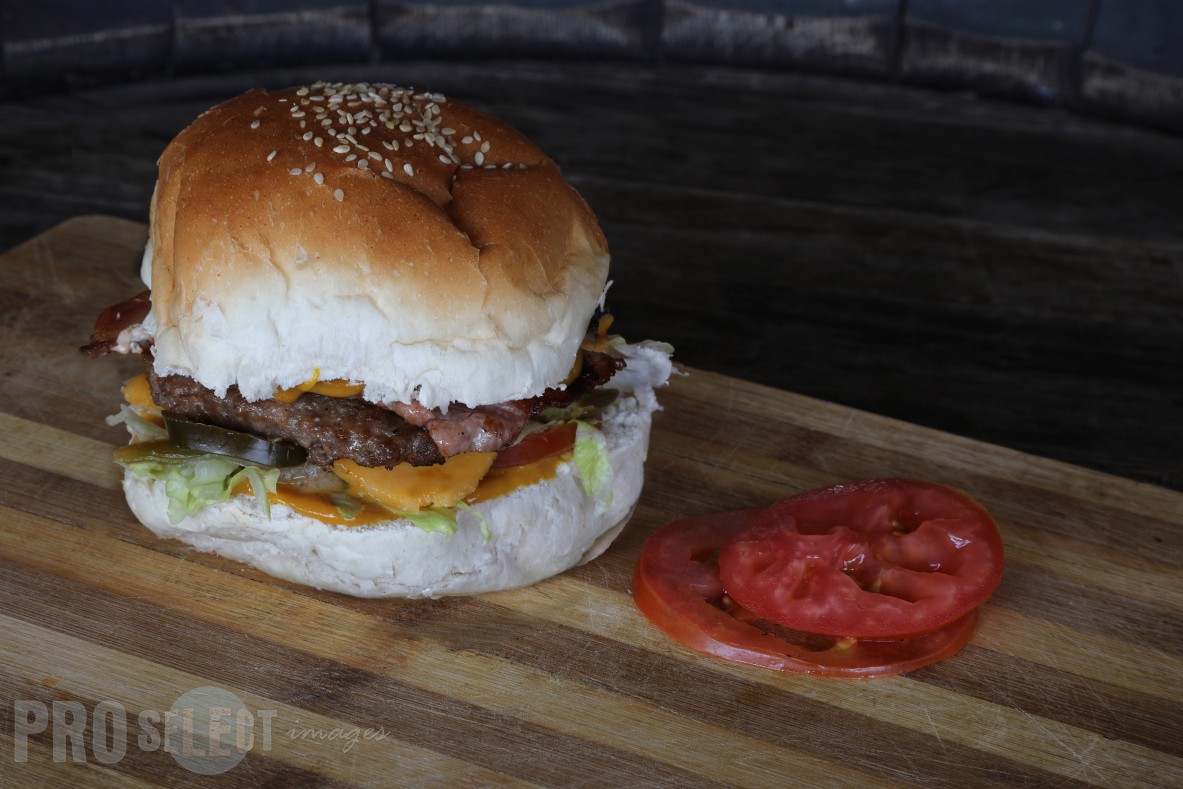B’s Kitchen African Cuisine
I had to do an Uber Eats shoot for Busisiswe, owner of B’s Kitchen African Cuisine – a vibrant young Xhosa woman, originally from East London in the Eastern Cape.
From the moment I entered her little flat in an estate in Kosmosdal, I realised that this is a woman that does not wait for things to happen. She finds an opportunity and puts her whole heart to it. She also understands that you can start small with what you have: but that does not mean that you have to dream small!
It was a privilege to enter her dream and vision for a moment. Beef in the oven, chicken on the stove, samp and pap ready for the display.
May my few photos and an afternoon of my time, help her in reaching her goals!
AFRICAN CUISINE OF SOUTH AFRICA
The African culture is, understandably, the predominant one in South Africa; with the African tribes and indigenous folk having inhabited the mountains, valleys and plains of this land for centuries. Today, the country is a hotchpotch of languages, colours and customs; both within the city centres and in more rural outlying regions.
Did you know?
Chicken feet are traditionally eaten in townships across the country as a snack, where they are called ‘walkie talkies’. The feet are put into boiling water to remove the skin, covered with seasoning and then cooked.
There are four main groups of African cultures in South Africa. These are Nguni (the largest group, comprising of Xhosa, Zulu, Ndebele and Swazi of which Xhosa and Zulu are predominant), Shangaan-Tsonga, Sotho and Venda. Within these groups are various subcategories. This is a complex cultural web with deep-seated customs. Each group and subgroup differs slightly from one another; often in ways that only members of those groups fully understand.
The cuisine of the African people has roots in their lives before colonisation. At this time, many were farmers, while others were hunter-gatherers. In either case, they lived off the land and made this their way of life. This respect for and dependence on the land fostered a keen respect for natural resources that could feed the family or be useful goods for bartering. Before the European colonialists arrived, the African folk used a wide variety of bulbs, leaves, berries, roots, grains, fruit and vegetables in their everyday cooking.
Game meat was common, and usually comprised whatever the hunters brought home for the pot. When the Bantu speakers of central Africa moved south, they brought with them cattle and grain crops, introducing this important part of the modern cuisine to the locals. So, before European settling, the traditional cuisine comprised cooked porridges (or pap), sour milk, stewed or roasted meat and vegetables.
Beef was a stutus meat
At this time, beef was considered to be somewhat of a status meat. A cow or bull was slaughtered for traditional rituals, and cattle were the most common form of labola (the price paid by the groom’s family to the bride’s family). To some extent, this still holds true today. Meat consumed on an everyday basis was, generally, limited to chicken and goats, which most farmers owned. In rural areas, this continues to be the case.
Morogo refers to the green leaves of the African Spinach. However, it is loosely used to refer to any leaves that accompany most African dishes. These can be spinach, beetroot, bean, and so on. The real morogo is high in protein and vitamins, nourishing the people that ate it on a regular basis. Amadumbe are similar to sweet potatoes and are particularly favoured amongst the Zulu folk of KwaZulu-Natal. While not particularly nutritious, they are tasty, filling and extremely versatile.



Unlike the African dishes of further afield, South Africa’s indigenous cuisine does not traditionally include things like insects and worms (e.g. Mopani worms). However, because meat remains a valuable resource, no part of the animal is wasted. Therefore, it is common to find sheep heads, intestines and stomach on the table. Today, these remain popular dishes amongst South Africans. Sheep heads, called “smileys” are available in traditional African restaurants, as is offal (or afval).
Bread an important part of the dinner table
Bread is an important part of the South African dinner table too. This can take the form of “pot brood” (bread baked and served in a round pot), roosterbrood (dense dough grilled over the coals of the fire) or a more commonly found loaf of bread, used to soak up the juices.
While traditional South African cuisine has, of course, been affected by European influences, it remains quite distinct from any other style of cooking found in the world. It is one more important part of the culture and vibe that makes South Africa so very special.





